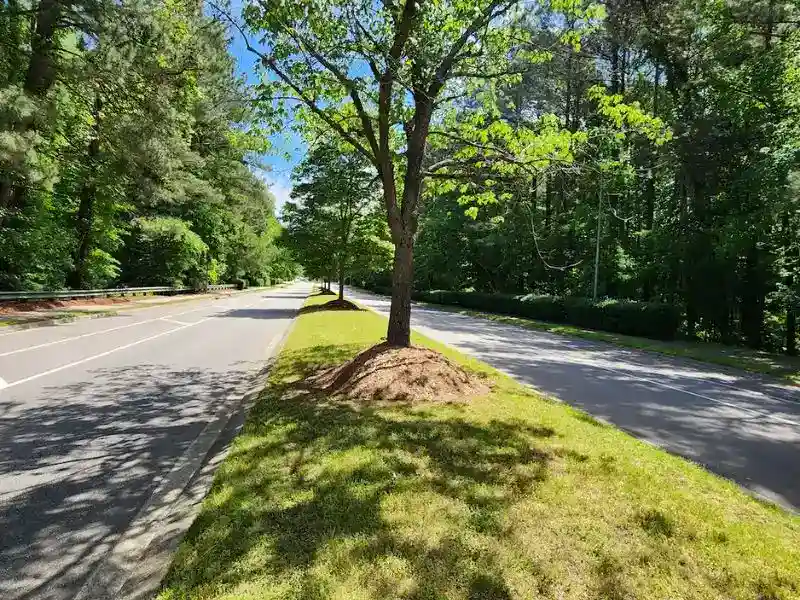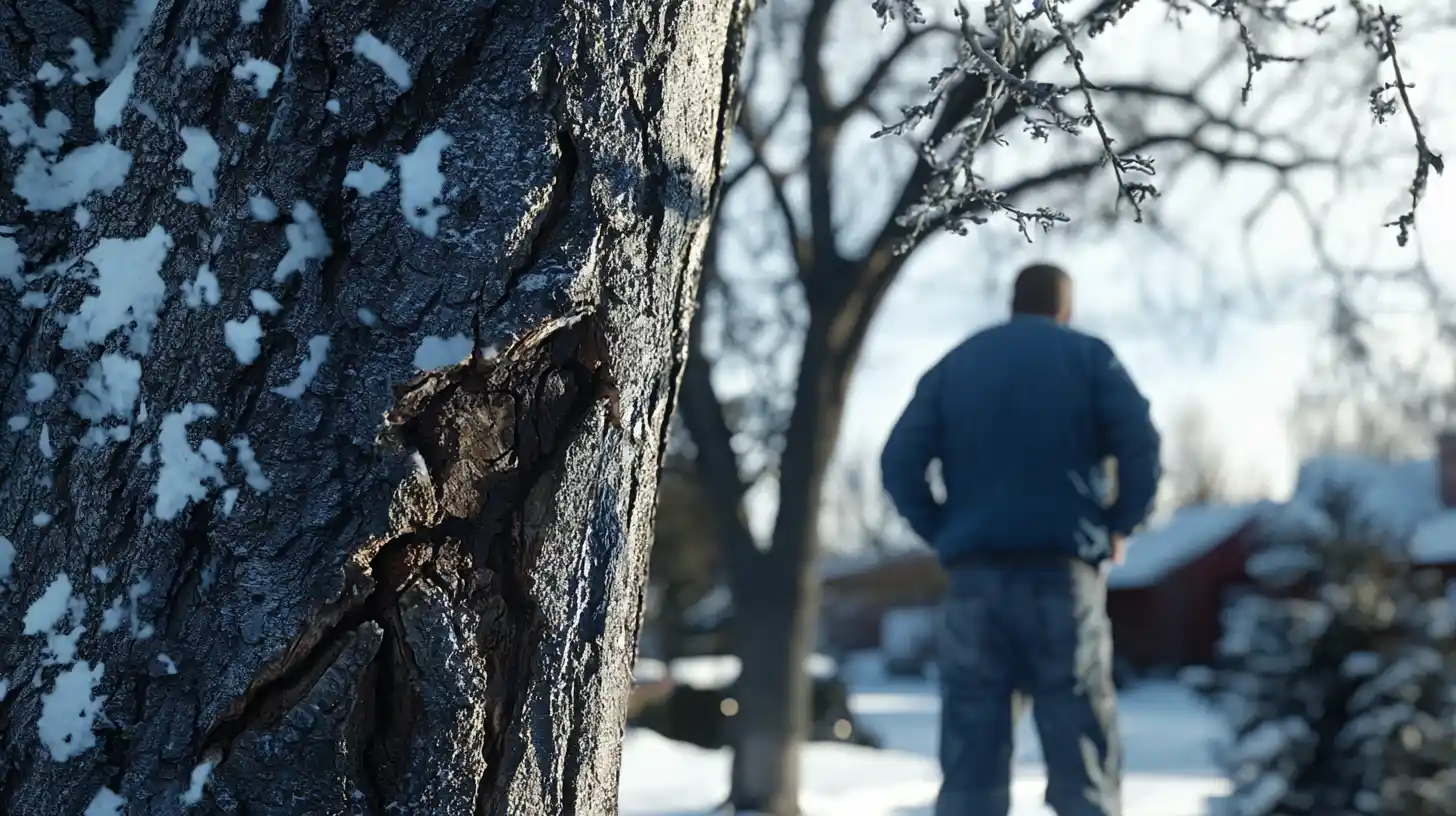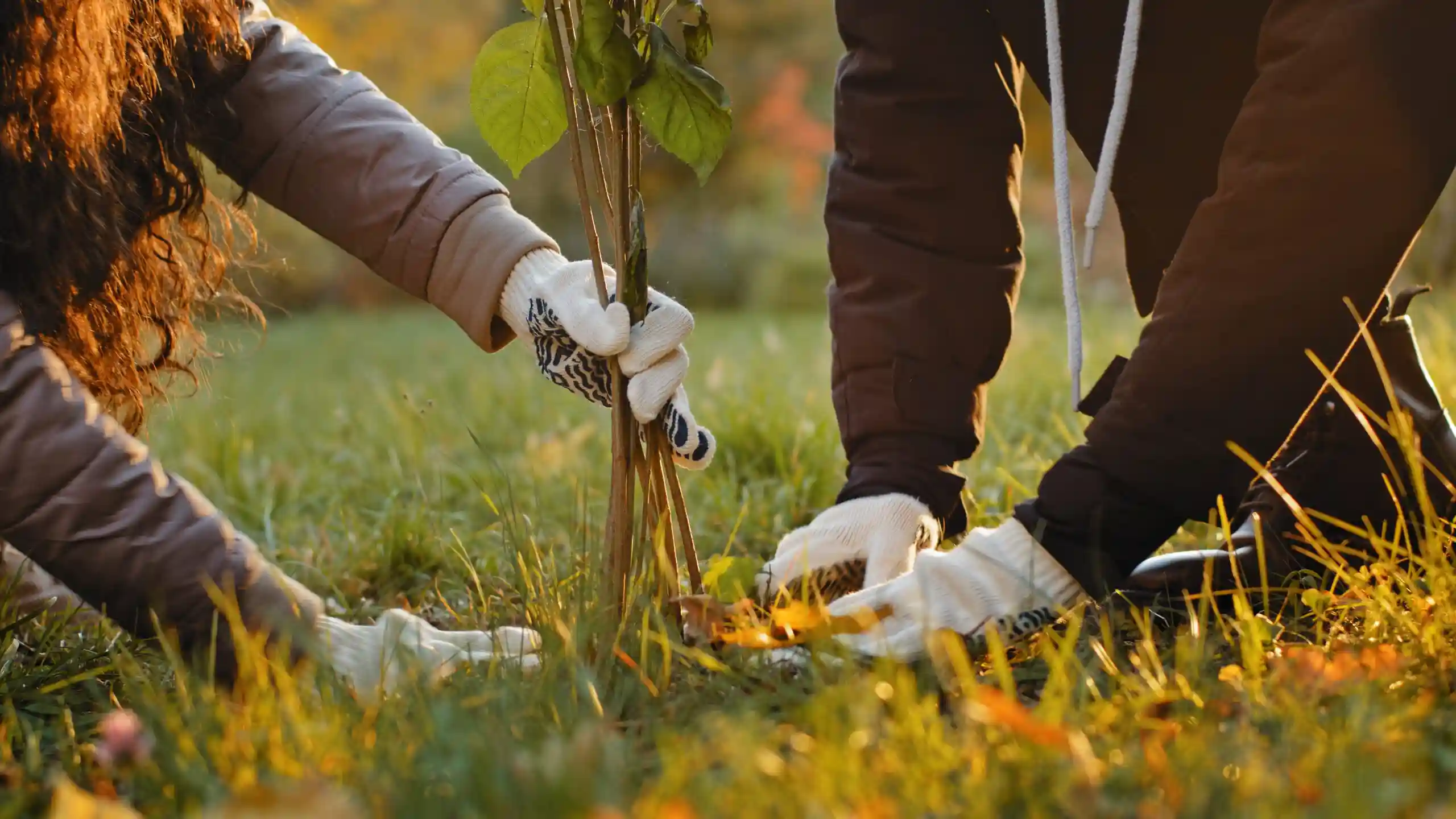Urbanization, the process by which rural areas transform into urban centers, significantly impacts the environment, particularly soil quality and tree survival. As cities expand to accommodate growing populations, natural landscapes are altered, leading to a series of consequences for the soil and vegetation. This article delves into how urbanization affects soil quality and tree survival, shedding light on the urgent need for sustainable urban planning.
Soil quality is crucial for the health and growth of trees and other vegetation. It affects water retention, nutrient availability, and the presence of microorganisms essential for plant growth. Urbanization impacts soil quality in several ways. First, the construction of buildings, roads, and other infrastructure compacts the soil, reducing its porosity. This compaction hinders water infiltration and aeration, making it difficult for tree roots to access the water and oxygen they need. Moreover, urban soil often suffers from contamination due to pollutants from vehicles, industrial activities, and improper waste disposal. These pollutants can degrade soil quality, making it toxic for many plant species.
Tree survival in urban areas is further challenged by the heat island effect, a phenomenon where urban regions experience higher temperatures than their rural counterparts. This increase in temperature stresses trees, making them more susceptible to disease and reducing their growth rates. Additionally, urban trees often have limited space to grow, confined by pavements and buildings, which restricts root expansion and limits access to nutrients.
Despite these challenges, urban trees are vital for maintaining ecological balance in city environments. They provide shade, reduce air pollution, and support urban biodiversity. To mitigate the adverse effects of urbanization on soil quality and tree survival, sustainable urban planning is essential. This includes implementing green infrastructure, such as green roofs and permeable pavements, to improve water infiltration and reduce soil compaction. Urban planners should also prioritize the planting of native tree species that are more resilient to urban stressors and ensure adequate space for root growth.
Urbanization poses significant challenges to soil quality and tree survival, but with conscious planning and sustainable practices, cities can foster environments where trees and other vegetation thrive. This not only enhances the quality of life for urban residents but also contributes to the global effort to combat climate change and preserve biodiversity. Follow us on Instagram.



